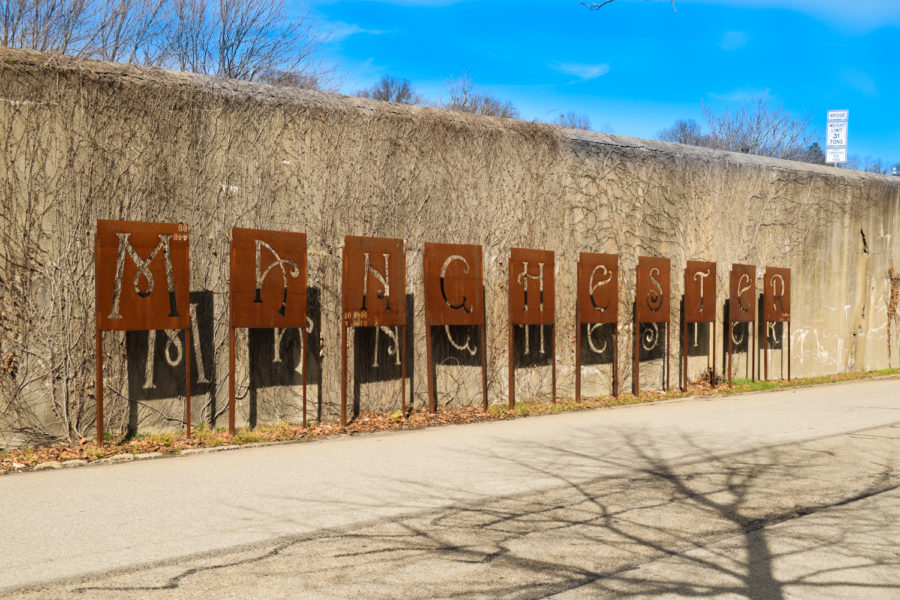A Neighborhood on the Rise
Manchester, a Pittsburgh neighborhood on the Northside that was once characterized by crime, is now becoming a cultural and creative hotspot.
The Manchester neighborhood of Pittsburgh has seen great change in recent years.
My mom loves to tell this story—an incredibly ironic one. A few years ago, she had a meeting in the Manchester neighborhood of Pittsburgh’s Northside. As she left her safe and remote Wexford home, she told my stepfather, “I’m going to Manchester. If you don’t hear from me in an hour, call the police.” But today, just a few years later, she’s proud to call Manchester her home.
So what changed, you may ask? Well, let’s just say the neighborhood as a whole. Revitalization efforts, community pride, and love for the neighborhood turned a once-dangerous area into some of the city’s nicest residential streets.
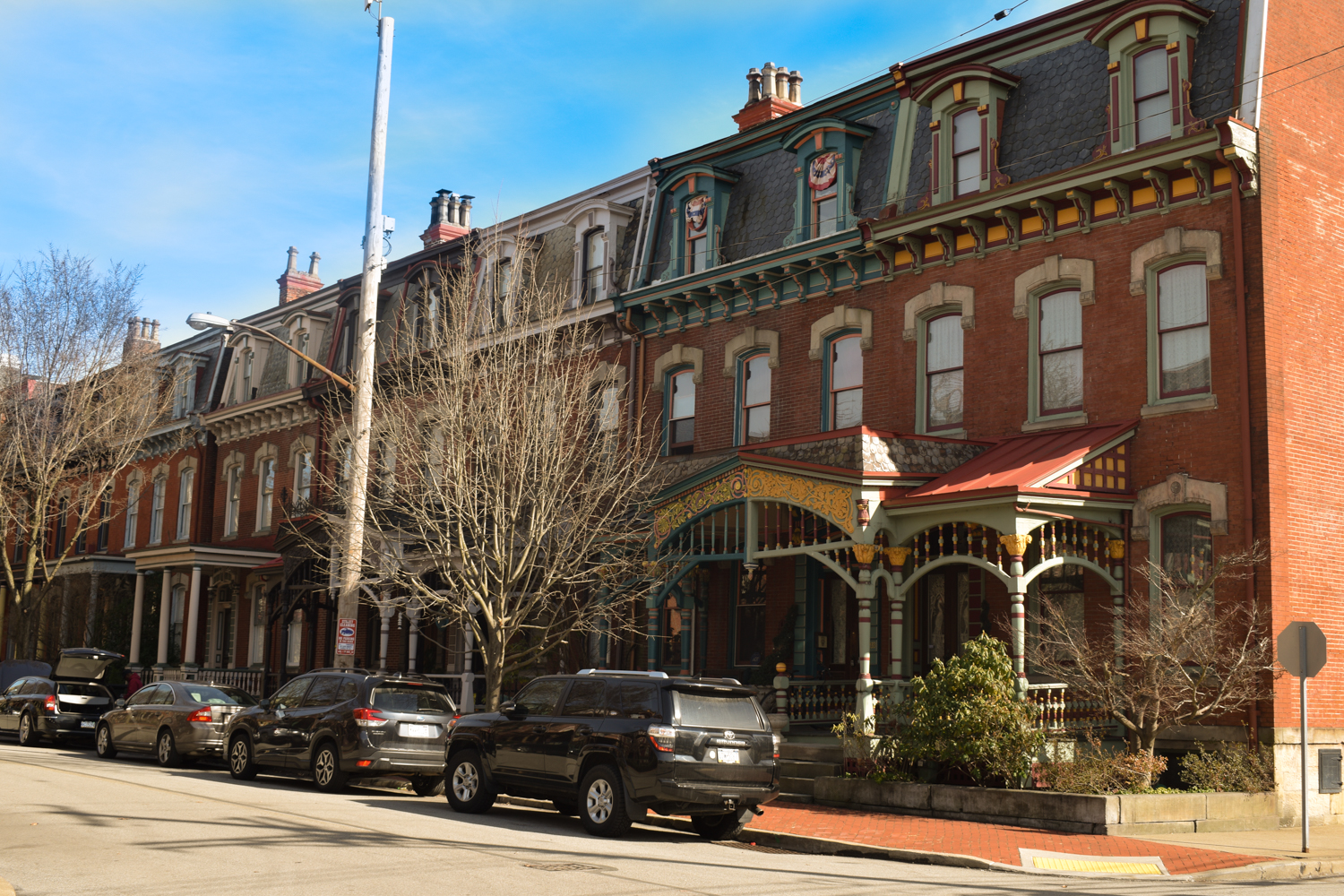
Manchester was established as a Pittsburgh borough in 1843 and has deep historical roots. Today, it is under strict care of the Manchester Historic Society, which helps to preserve the original beauty of the neighborhood. Since its establishment, the neighborhood has been home to many waves of immigrants, including German, English, and Irish. Today, it has a very large African American population and culture.
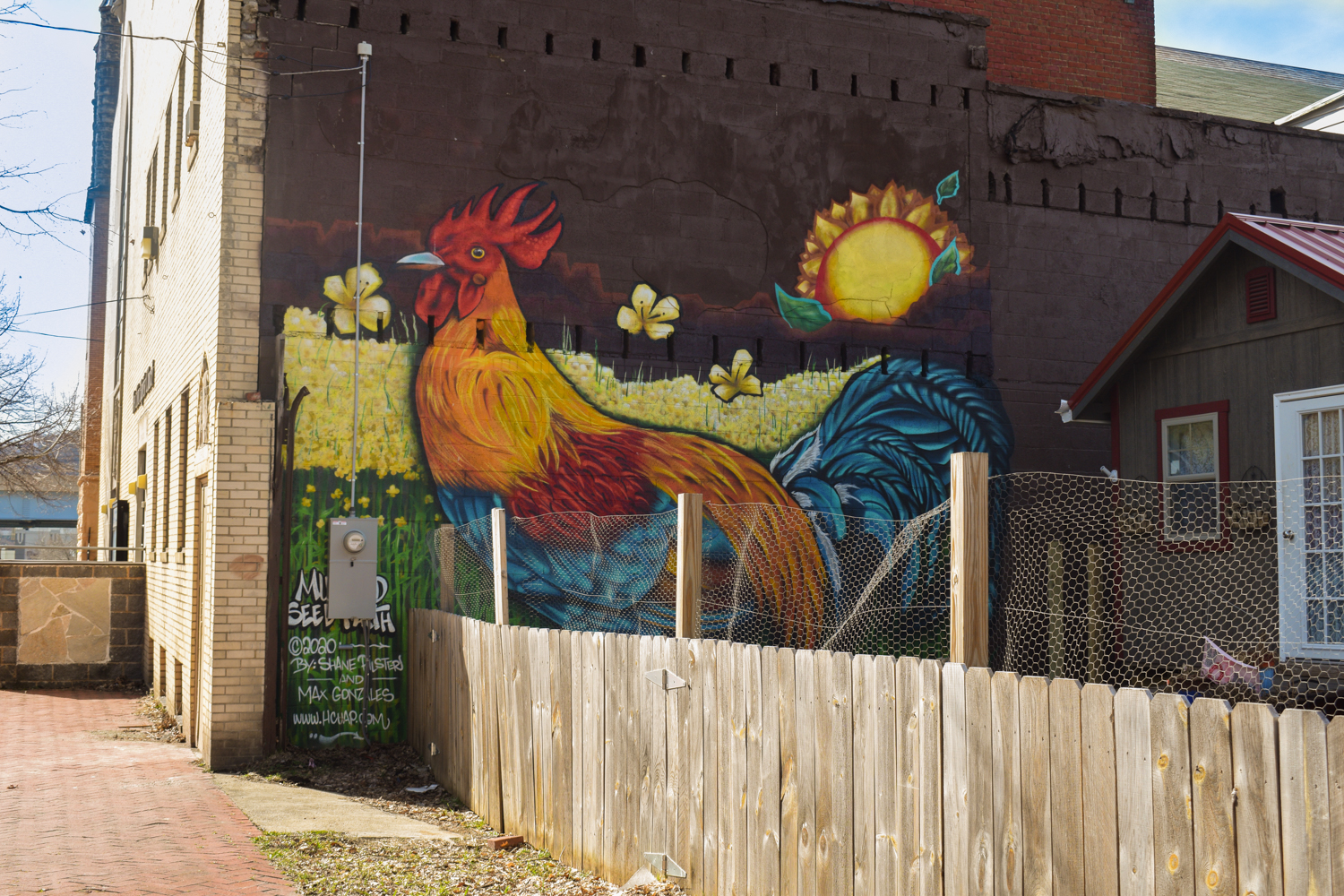
In a time where separation and ignorance are common, the neighborhood is working together to defy all odds. There is a particular emphasis on urban farming and community gardens, where friends can gather and connect over fresh produce. The neighborhood has paired up with Grow Pittsburgh to turn this abandoned lot (pictured below) at the corner of Juniata and Fulton Streets into a beautiful community garden. They are currently in the early stages of the revitalization project.
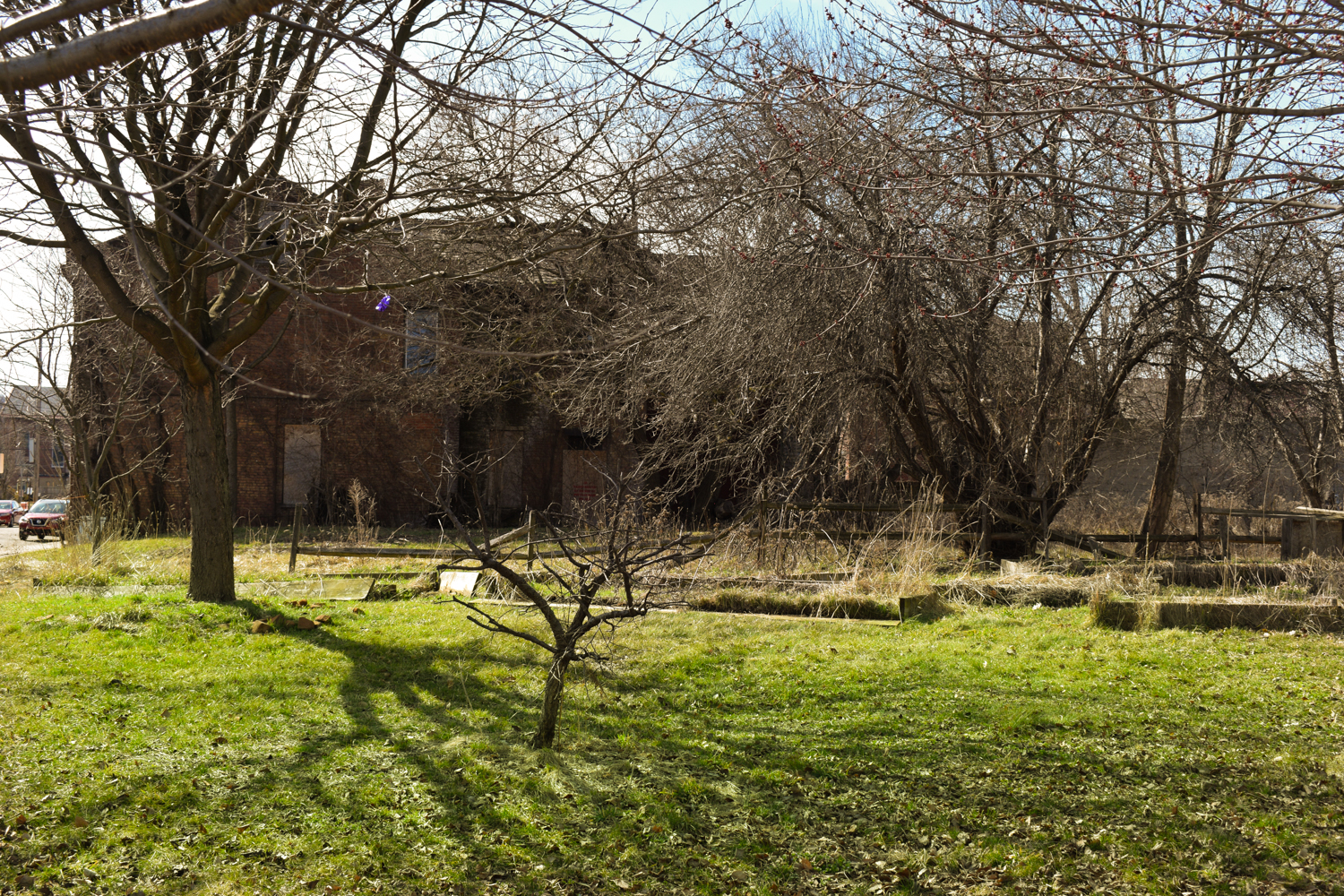
Lisa Freeman, a long-time Manchester resident, recently opened up Freeman Family Farm (pictured below) on Juniata Street. According to her website, Freeman’s goal is to create a safe space for “older and younger generations, people of different ethnic backgrounds, and sexual orientations.” By creating such safe spaces, Manchester residents can engage with fellow community members and strengthen the heart of the neighborhood.
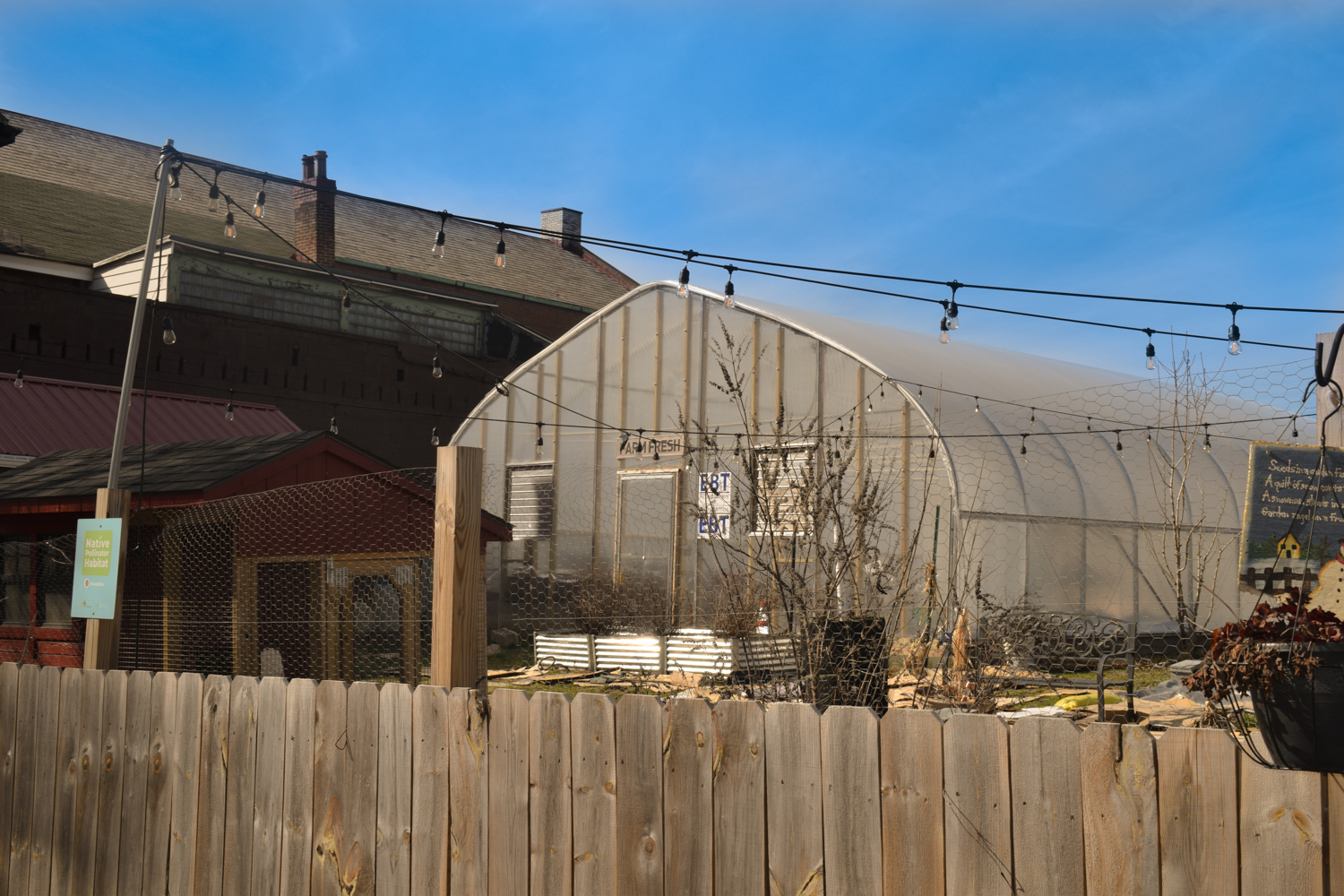
Although this heart is community pride, the neighborhood is also particularly passionate socially and politically. Houses with political signs and sentiments line the streets of Manchester even months after the election, encouraging people to vote and rallying support for preferred candidates.
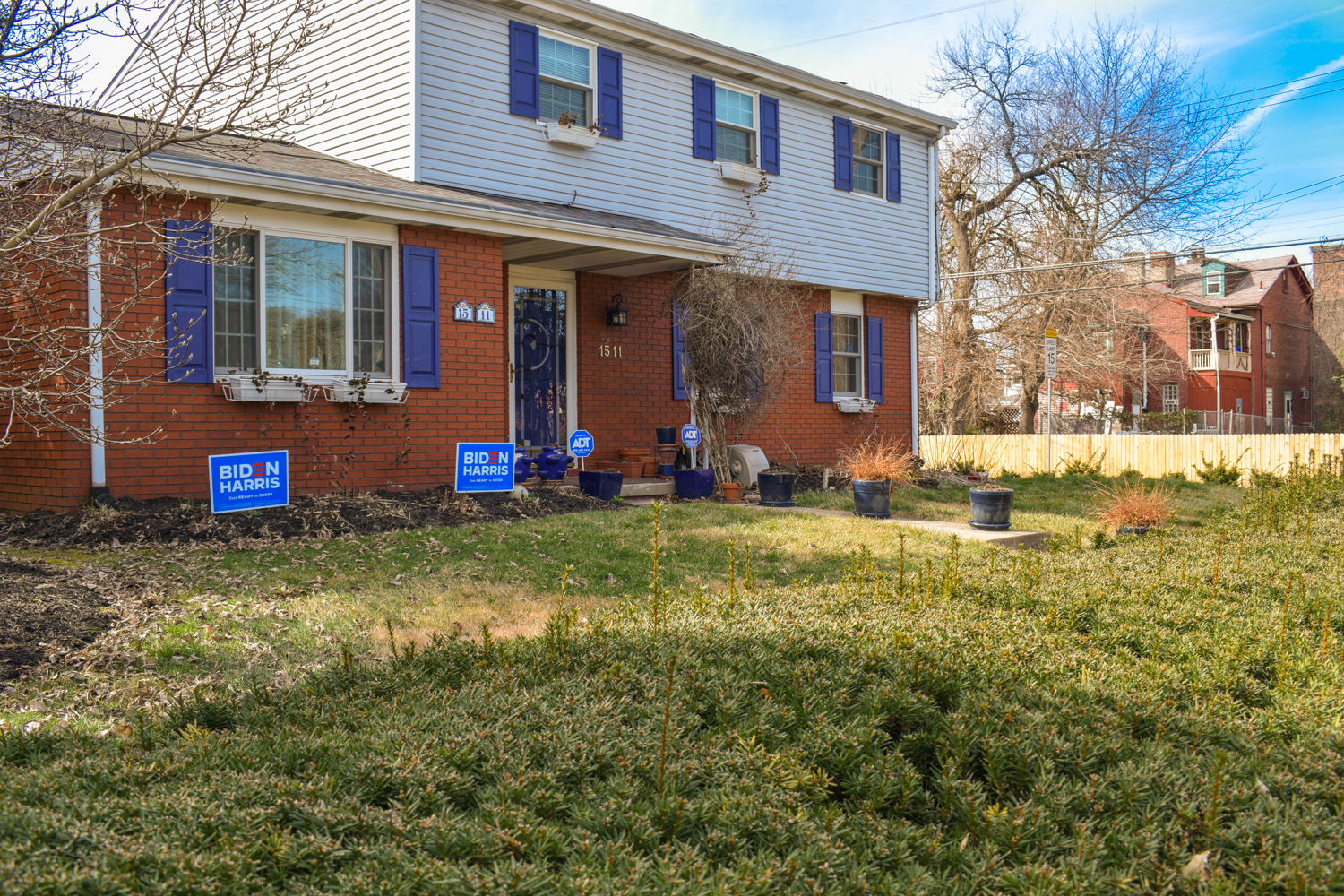
Manchester Elementary School (pictured below), which educates neighborhood Pittsburgh Public School students K-8, was originally built in 1870, less than thirty years after Manchester was established. The school building was moved in 1964 to where it stands today—1612 Manhattan Street.
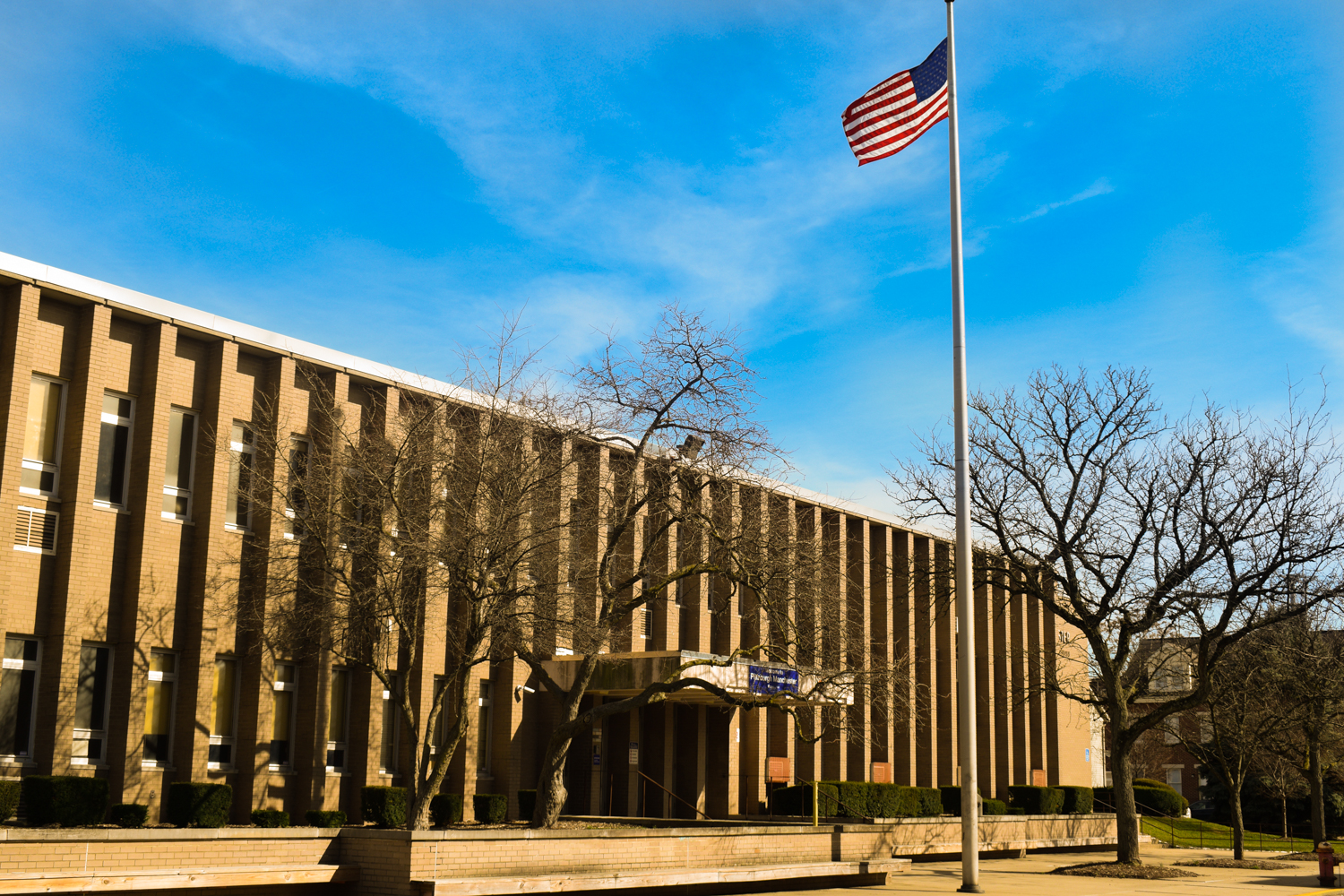
The school has struggled significantly over the years with test scores. In fact, less than 40% of students scored proficient or advanced on the PSSA test in the 2018-19 school year. Although this is an unfortunate reality the district has faced, the community continues to seek a better education for the children of Manchester.
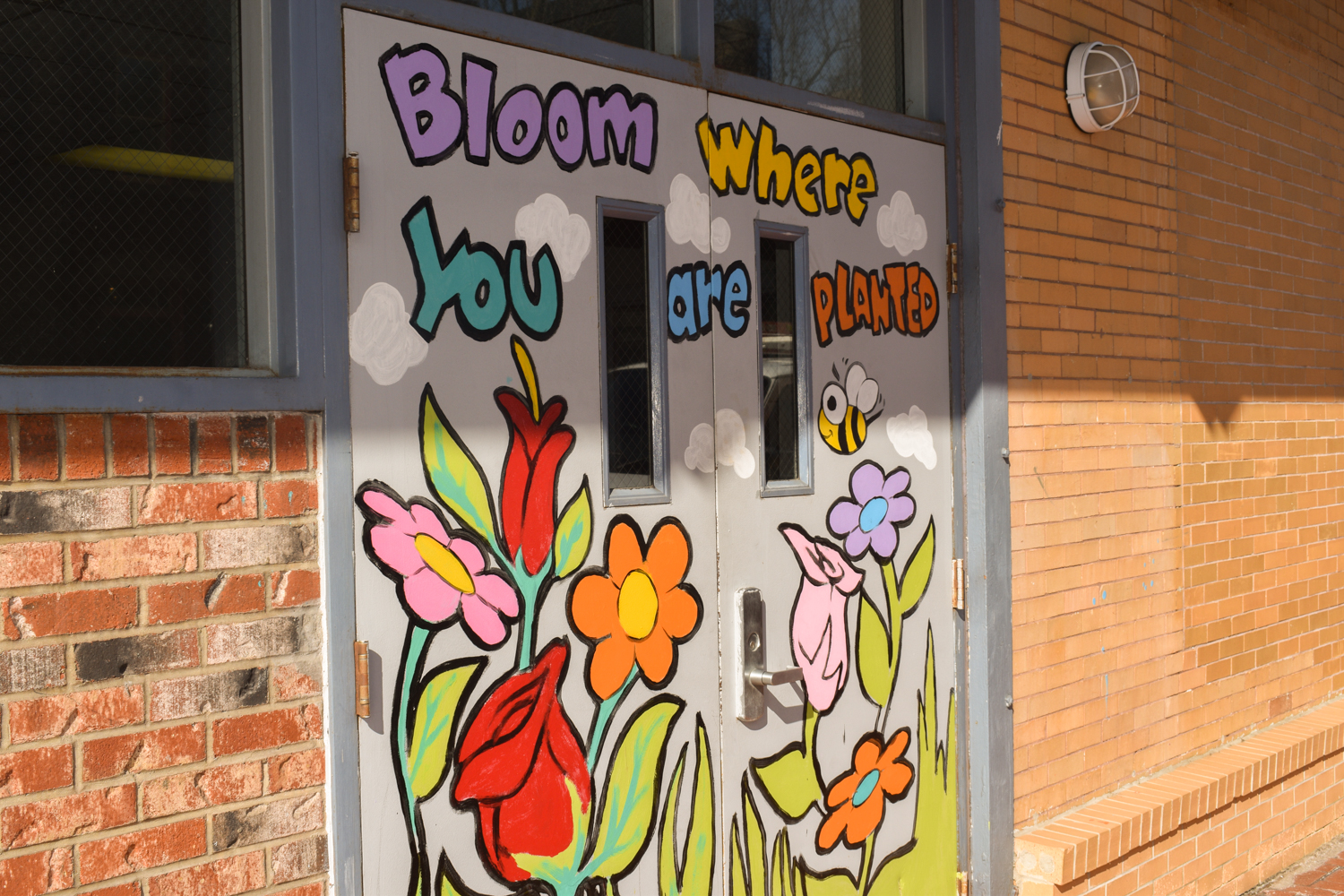
Manchester Academic Charter School (pictured above) was opened on Liverpool Street in 1998 under the establishment of the Manchester Youth Development Center. Their doors express the phrase “Bloom where you are planted,” encouraging students to be present and grateful for opportunities.
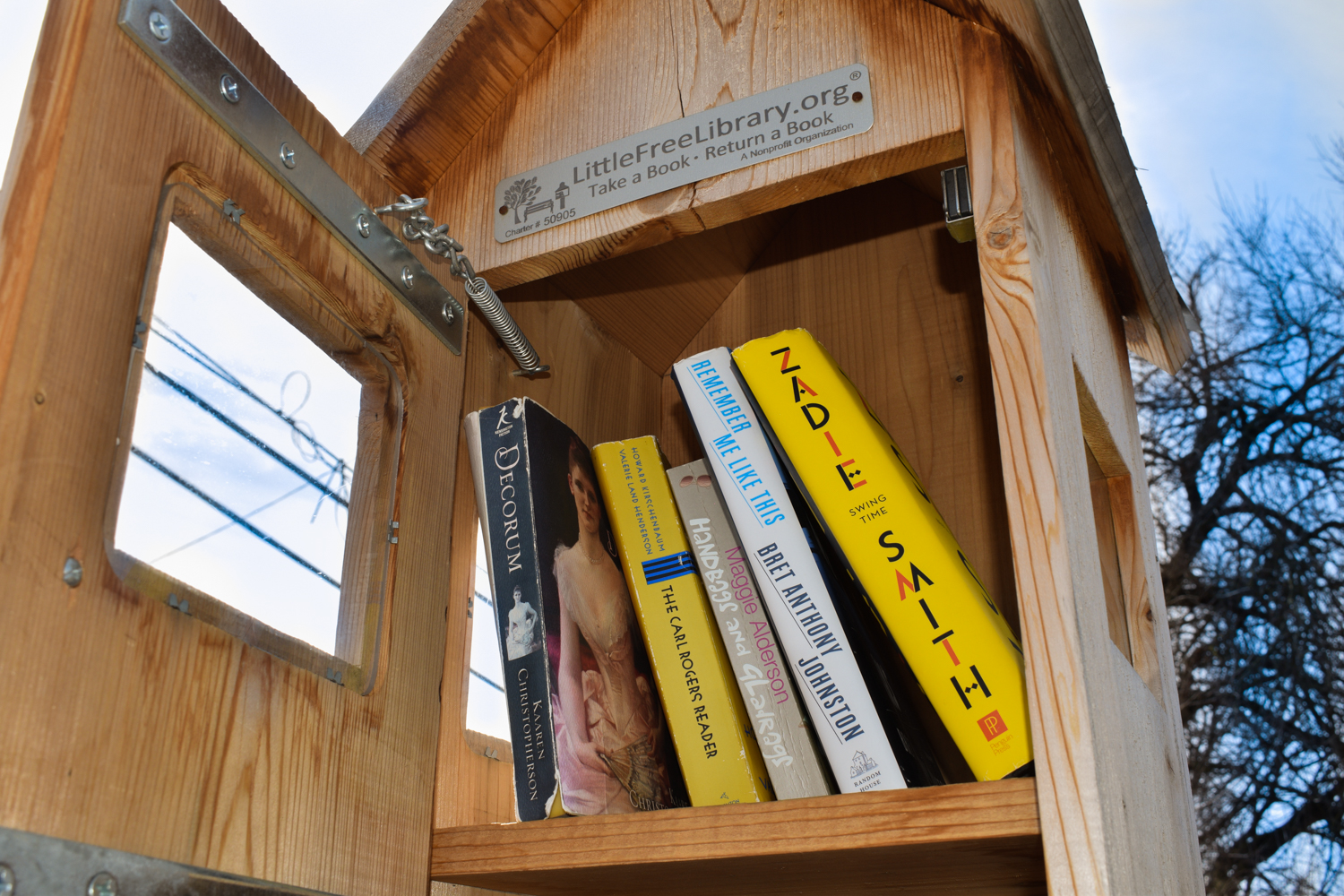
The neighborhood also has a free book library (pictured above), motivating students and adults alike to engage in literature. Community members may take and replace books on the shelf at free will.
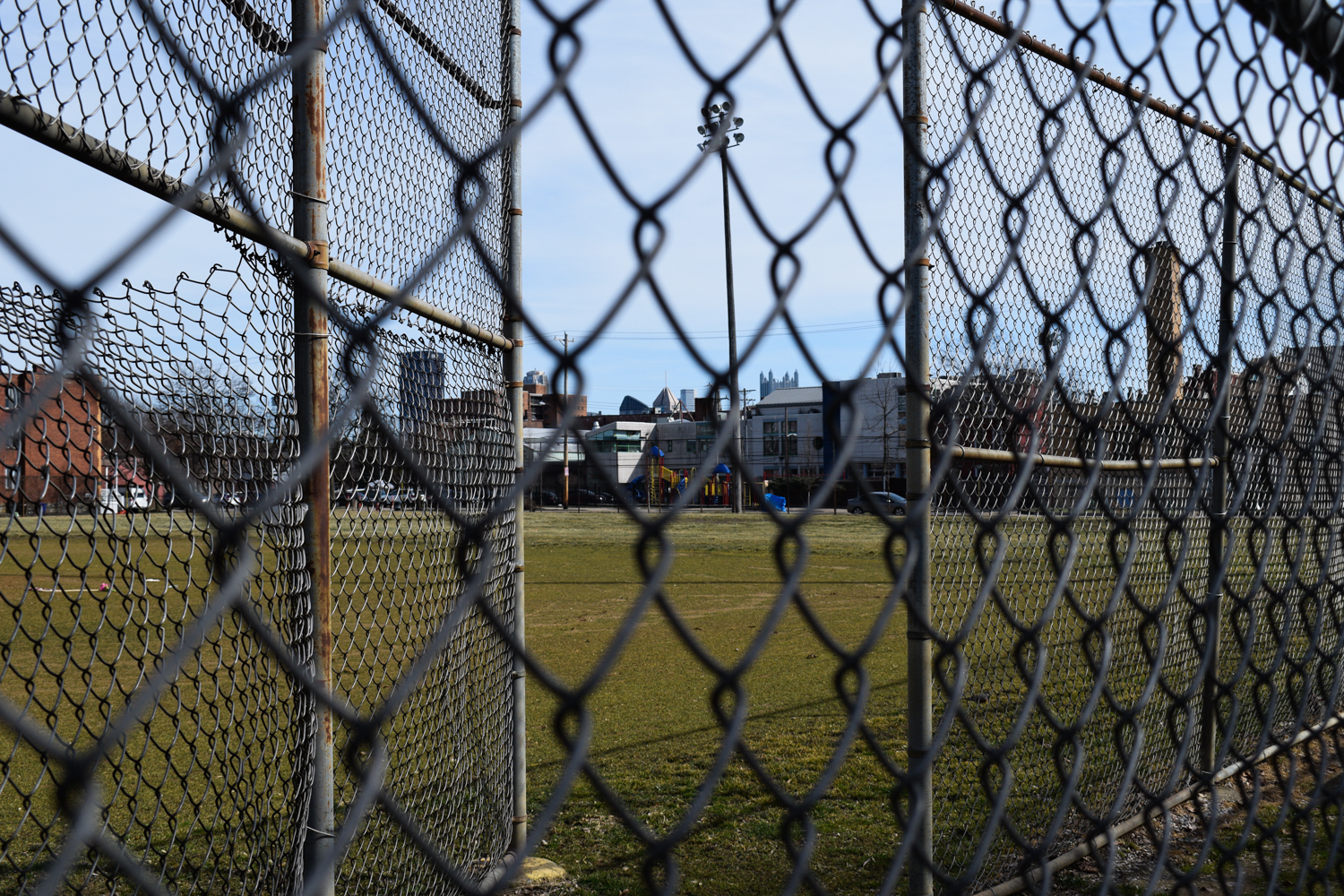
In urban neighborhoods, lack of green space tends to be a large issue. The Manchester community, however, is working to combat this potential problem. With the rise in community garden space and fields for sports, the neighborhood’s environmental impact is declining while social integration is on the rise.
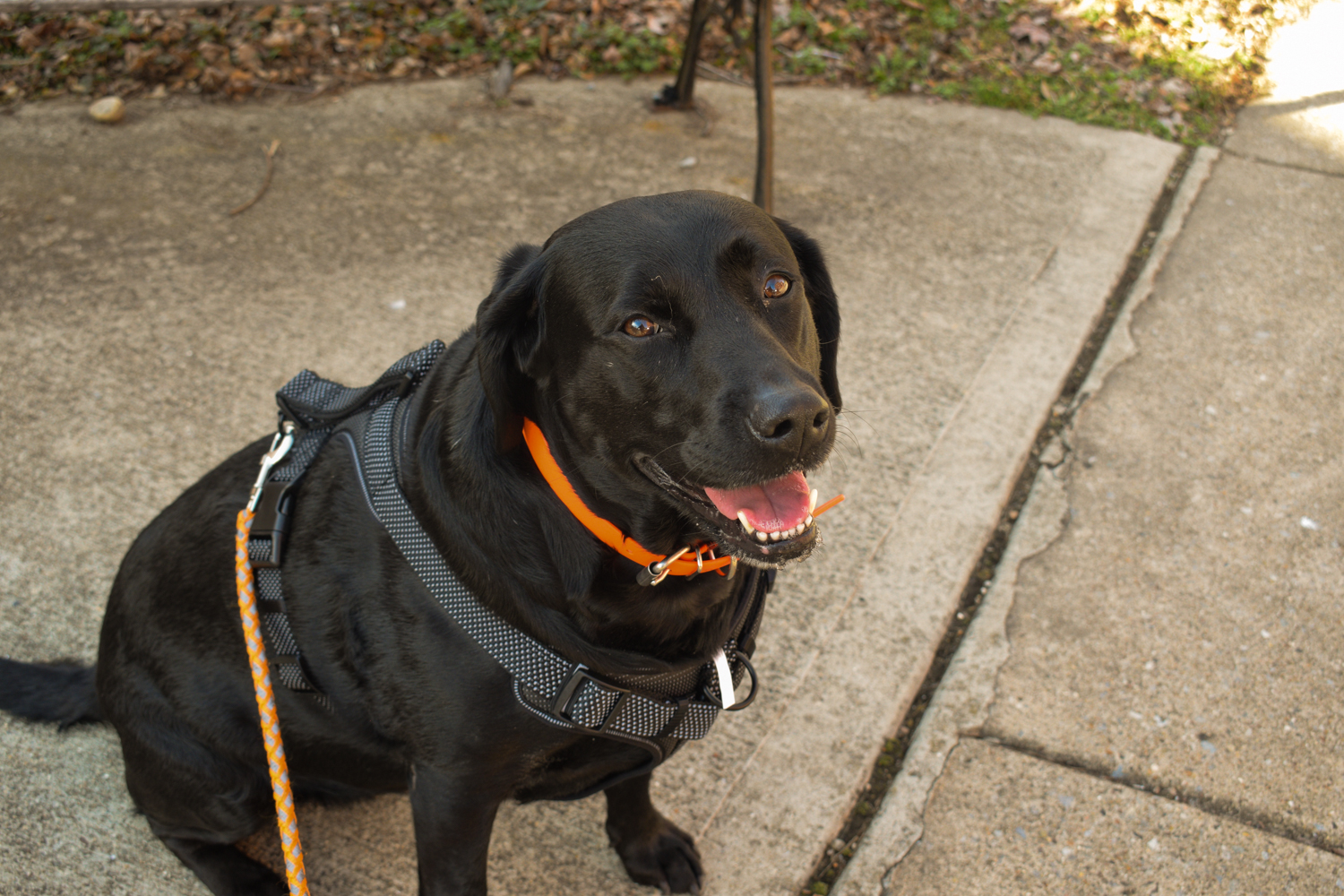
Go for a walk around the neighborhood, and you may be surprised what you encounter. The streets that were once the city epicenter of crime are now a flourishing location for artistic creativity and urban agriculture. You’ll meet passionate, engaged residents and of course…their dogs!
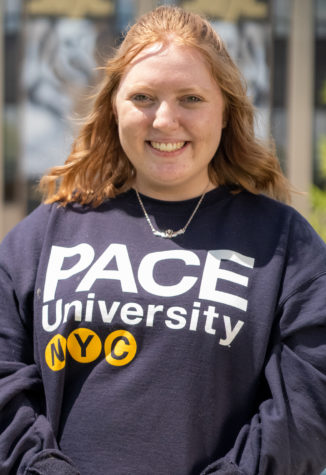
Lucie Flagg is a senior this year. She enjoys the finer things in life, such as sushi, napping, and her dog, Daisy. Along with writing for The Uproar, she also contributes to NATV. Outside of school, Lucie works at Naturally Soergel's, and she watches Impractical Jokers whenever that's not happening. Lucie plans to attend Pace University in New York City next year to pursue a career in media production.

